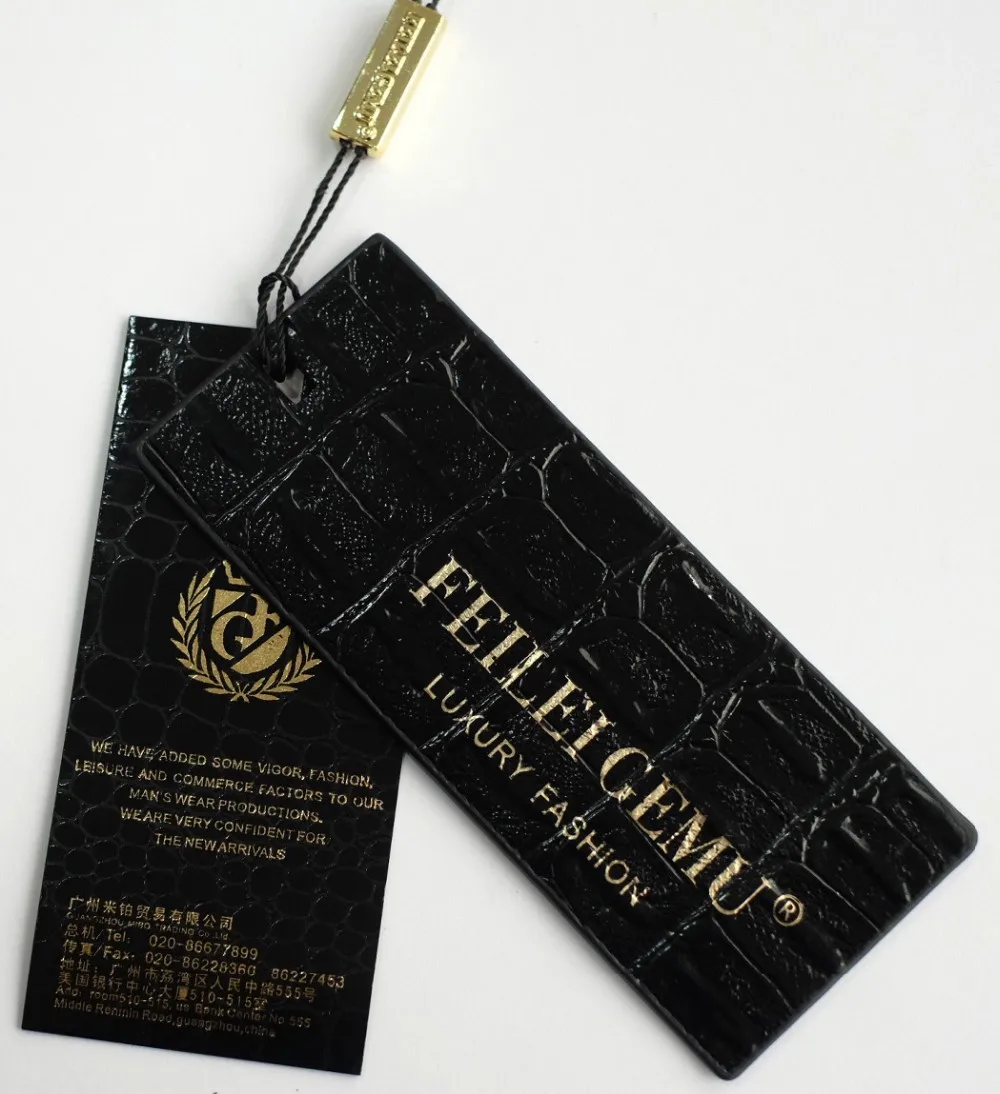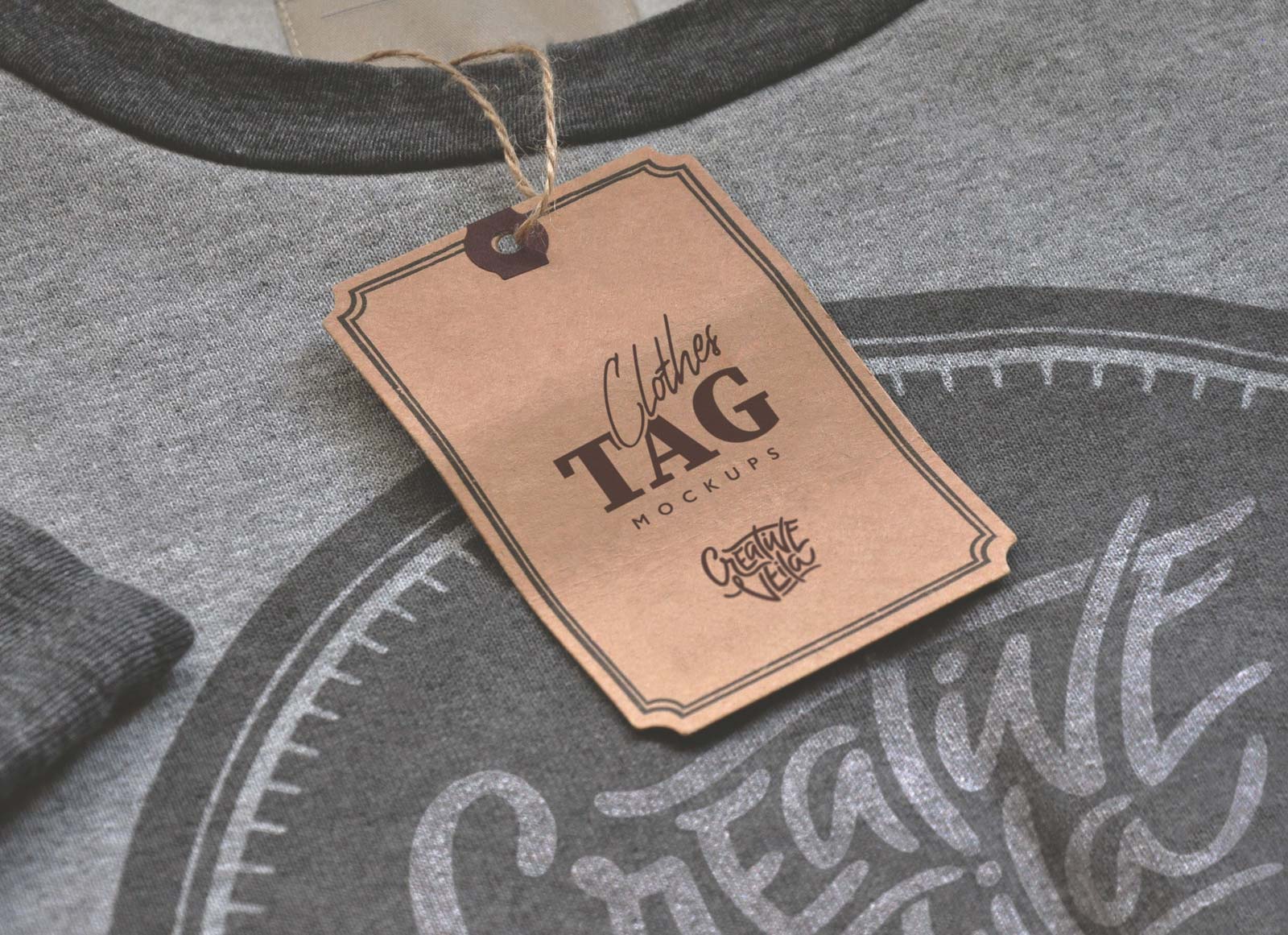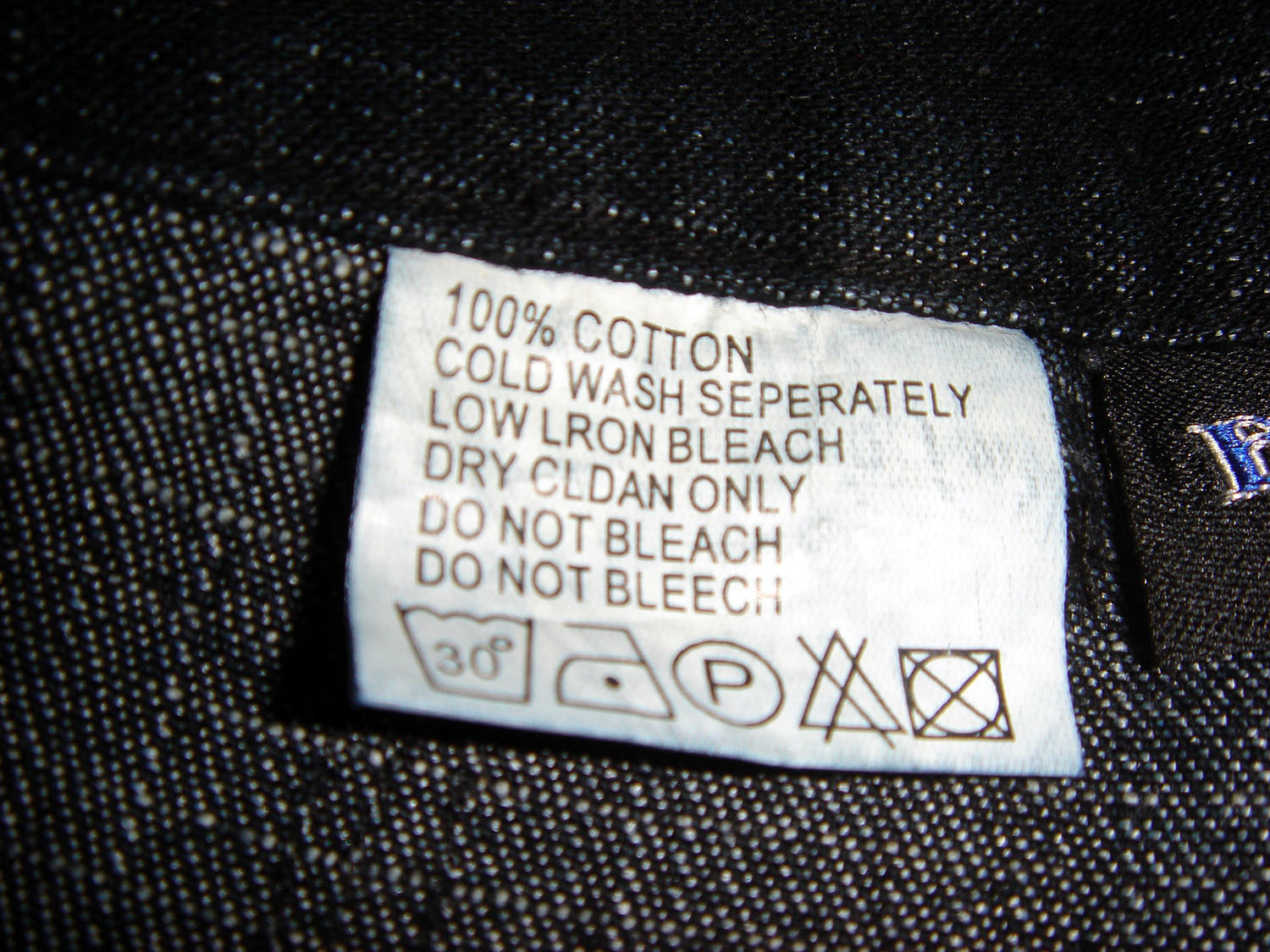

While swing tags are removed after purchase, woven labels stay in the garment permanently. Swing tagsĪvailable in a range of materials, including paper-board, fabric, plastics, metal and even wood, our swing tags carry both brand messaging and item identification.Īnd at immago, we are always looking for that cutting edge in design and format, to create a look that truly complements your unique brand values. Here at immago, we offer four main types of clothing labels. Some brands use their clothing labels as a platform for humour, adding funny jokes or holiday wishes. They can convey a message about your company’s commitment to sustainability or explain the eco-friendly manufacturing process of the garment.

Your clothing label doesn’t just have to have technical information on it about materials and temperatures it can be used as a platform for your brand identity.Ī great, recognisable brand builds trust with customers, encouraging loyalty, and can make the difference between success and failure of a company.Ĭlothing labels can show your logo, slogan, or a promise to the buyer. BrandingĬlothing labels may be a necessity, but they’re also an opportunity for designers to promote their brand.
#Clothing tags how to
Knowing how to properly care for clothing means they will last longer, reduce the need to buy more items, and decrease the need for companies to produce more. Some materials react adversely to heat, and care and content labels will explain the correct temperature to wash them in, or if they are unsuitable for a tumble dryer. Some fabrics shouldn’t even be put into a washing machine and need special treatment like dry cleaning. Without it, some clothes might rip, shrink, or the colours might run if the warning on the label isn’t adhered to. Proper care for a garment is of course important. These materials are created from non-renewable natural resources, require a lot of energy to manufacture, and are not biodegradable.Īn astonishing 60% of new clothes will end up in a landfill within 12 months, while a third of all materials in the supply chain will end up as waste before a garment even reaches the clothing rack.Ī good clothing label will have detailed information about the material used to make the garment, allowing the consumer to decide whether or not to buy. Plastic-based material is bad for the environment for a number of reasons. With so many materials made from plastic (lycra, polyester, nylon for example), consumers now have a real ethical choice about which clothes to buy. Today’s consumers are more environmentally conscious than they’ve ever been, and not all materials are made the same way. One of the most important aspects of clothing labels is the description of the materials the item is made from. Clothing labels communicate the details of materials

The same goes for consumers how an item of clothing looks and what it costs tend to be the main concerns for buyers, but clothing labels shouldn’t be ignored so easily.Ĭlothing labels offer important information about the product, information which might just be the difference between an item being purchased or put back on the rack. Young designers might be so focused on the shape, colour, and cut of their dress, they may not give much thought to clothing labels that are added after production.


 0 kommentar(er)
0 kommentar(er)
